This article is mainly a review of an unusual lens – the Minolta AF Reflex 500. This was one of the few Autofocusing Catadioptric lenses to be made. I also have a Korean-made manual focus ‘Cat’ that I will use for some comparisons. Mine is badged as a Vivitar. The same lens has been produced in recent times with a Samyang or Rokinon branding.
A catadioptric lens is one that combines mirrors and refracting optics to form an image. Sometimes they are referred to as Mirror or Reflex lenses.
History
Reflecting telescopes have been in use since the 17th century. Galileo was aware of the possibility of using a mirror as part of a telescope shortly after the invention of the refracting telescope. Newton perfected a working design as far back as 1668. This type of telescope is widely used for optical astronomy.
The Catadioptric lens adds some refractive optics, typically silvering the rear surface of a concave glass element. Because the light passes through the same element twice the resulting ‘triplet’ self-corrects for spherical aberration.
Only one AF Reflex?
There have in fact been three ‘Reflex’ lenses for autofocus camera systems. They were, in turn:
- The Minolta AF Reflex 500 f/8, introduced in 1991 in Minolta AF mount.
- The V 400 f/8 Reflex, introduced in 1996 in Minolta’s Vectis APS mount.
- The Sony Alpha 500/8 Reflex, released in 2006 in Sony A mount (same as Minolta AF mount).
Effectively 1 and 3 are the same lens, although some users report improved focus acquisition with the later Sony version. All three designs, including any Sony amendments, came out of the same facility, which transferred from Minolta to Sony in 2006.
The Minolta AF Reflex 500
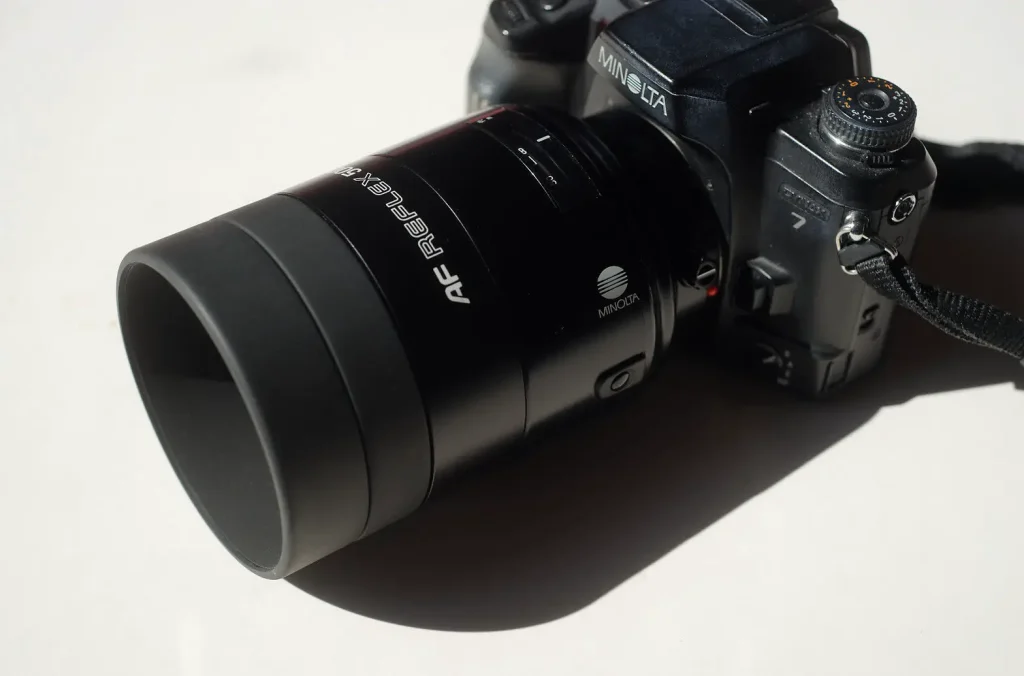
This lens weighs in at 665g and is 118 mm long when focused on infinity.
The Minolta AF Reflex 500 lens itself is made up of 7 elements in 5 groups (plus the two silvered surfaces). It has a rubber coated focus ring at the front of the lens, which rotates with the front element. The lens comes with a rubber coated lens hood that effectively extends the focusing ring.
The only other features are a focus hold button and a rear filter holder.
The rear filter holder slides in behind the last element and forms part of the optical system, it is held in place by a little push and turn button. The supplied filters are clear and a 4x ND filter. In addition to the rear filter, an 88 mm front filter can be fitted in place between the lens and the lens hood.
The lens comes with a soft front cap which includes a little pouch for the other filter on the inside – because this pouch sticks out a bit, I’d only use the soft cap with the lens hood in place.
Comparisons
Prime lenses in this focal length are rare and expensive. Minolta never did a 500mm refractive lens but Sony did produce one that was on sale at the same time as the Minolta AF Reflex 500. The Sony SAL-500AF40G lets in four times the light, but weighs five times as much, is three times the length and 20 times more expensive.
A more realistic comparison might be to a long telephoto zoom. Sony do a 200-600, but only in E mount – this lets in twice as much light as the reflex, but is three times the weight, over twice as long and costs three times as much (although you do get optical stabilization as a bonus).
Trade offs
Of course, with great savings (whether in cost, weight or size) come great trade offs. In the case of any reflex lens these are:
- A fixed aperture.
- Characteristic out of focus areas/highlights.
A catadioptric lens tends to produce images with lower contrast than might be expected, but also with little or no chromatic aberration. The positive reception of recently released Canon RF lenses with a fixed f/11.0 aperture suggests that a fixed aperture is not so huge a put-off.
Autofocus
Typically phase detection systems have problems on refractive lenses that are slower than f/5.6. Phase detection compares the light received from either edge of the lens, with the maximum aperture dictating the effective ‘rangefinder’ base.
Minolta managed to get AF to work at f/8.0, but only with their second generation of AF cameras.
You do only get one central active focus point with the Minolta AF Reflex 500. However in a recent article in Cameracraft, David Kilpatrick reported that an AF500 worked with Sony’s LA-EA5 adapter (which contains a screw drive and motor to power autofocus). The LA-EA5 relies solely on sensor-based phase detection autofocus which usually gives AF points across the viewfinder, unfortunately David didn’t say how many focus points were active.
Minimum focusing distance is a whopping 4 meters. In practice this doesn’t impinge too much as with a 500mm lens one tends to be shooting stuff that is well away in the distance.
Bokeh
Mention mirror lenses to most people and the subject of Bokeh is likely to crop up.
It may be that the other big companies didn’t introduce AF Reflex lenses to replace their manual focus versions because of the bokeh issue – certainly at the time of the switch to AF the search for smooth out-of-focus areas was very much the vogue.
So just how ‘distinctive’ is it? I’ve raided my archive and shot some examples to show the bokeh at its most distinctive, but also included some where a more neutral background makes it harder to tell that a reflex lens was used.
Samples
Aircraft
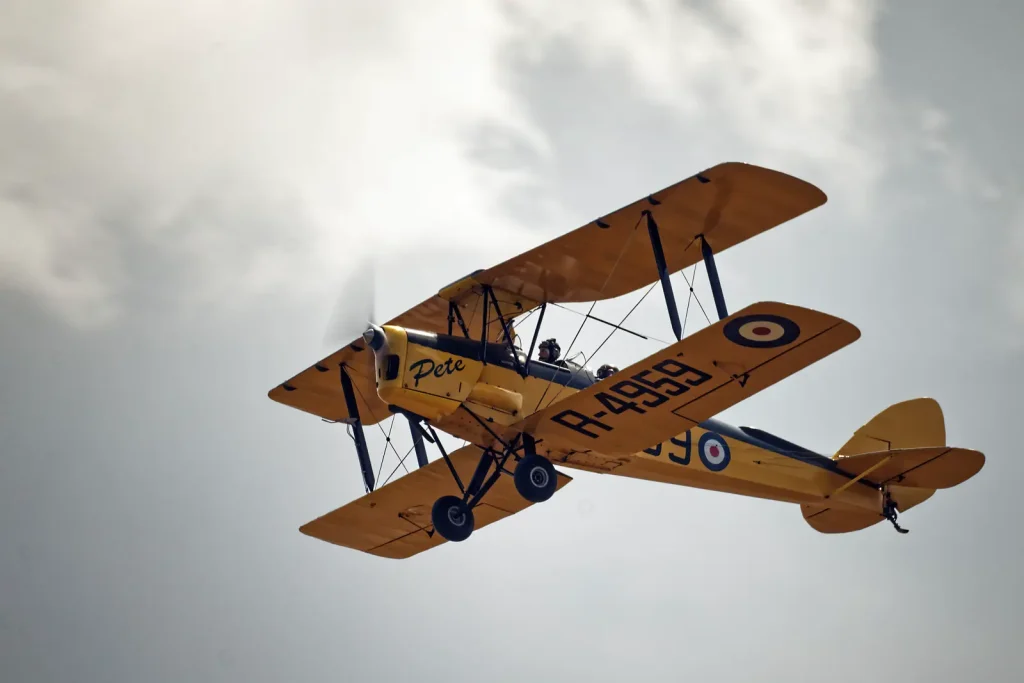
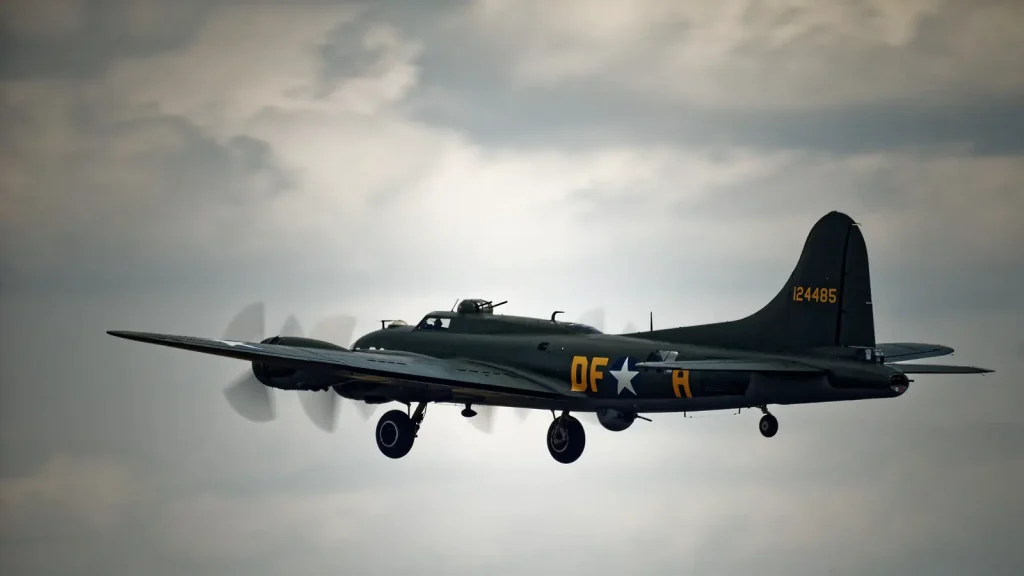
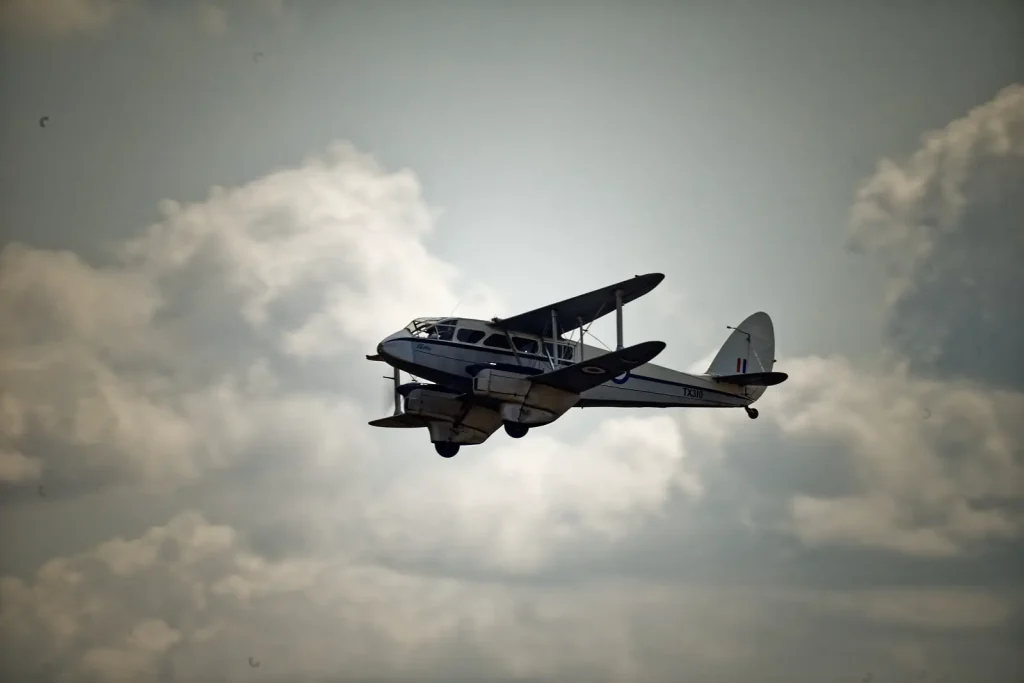
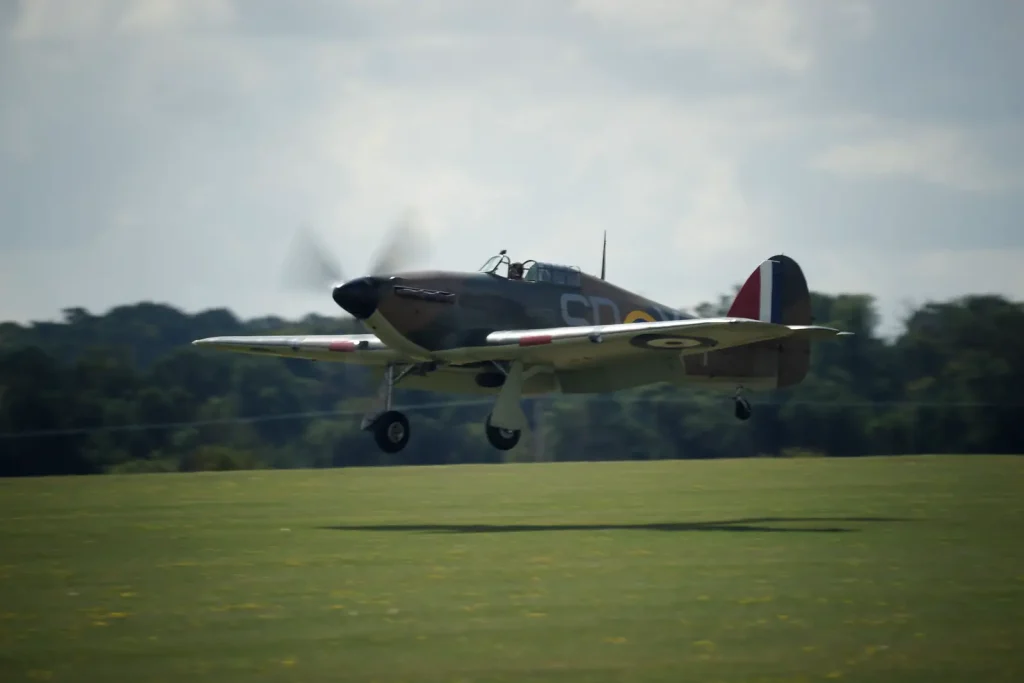
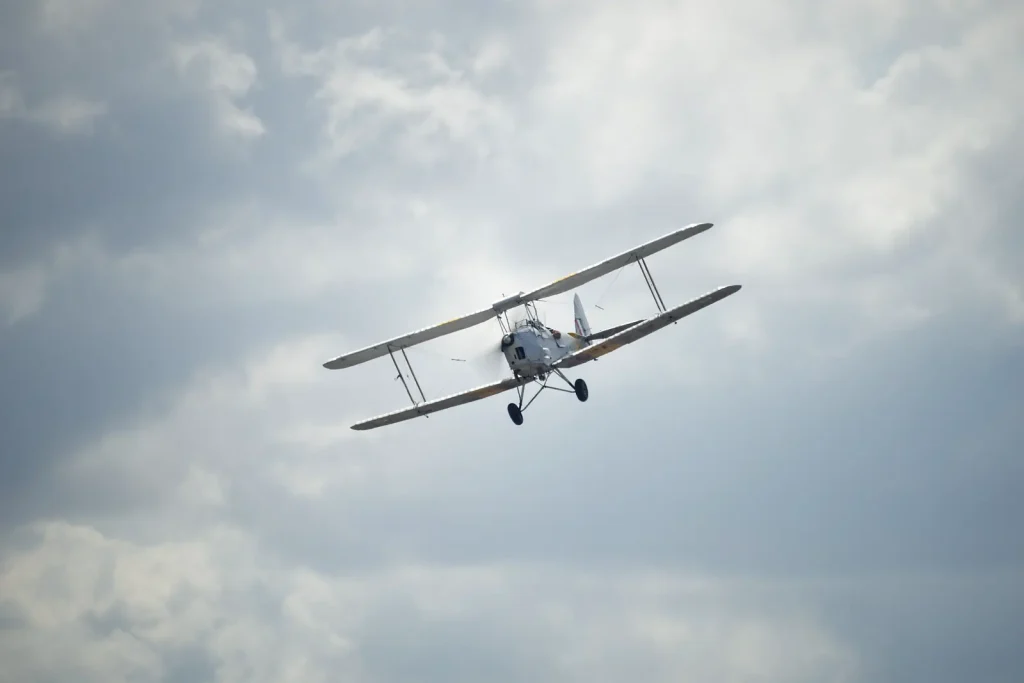
Against a cloudscape there is little to notice, other than maybe making the clouds look a little ‘angrier’.
Motorsport
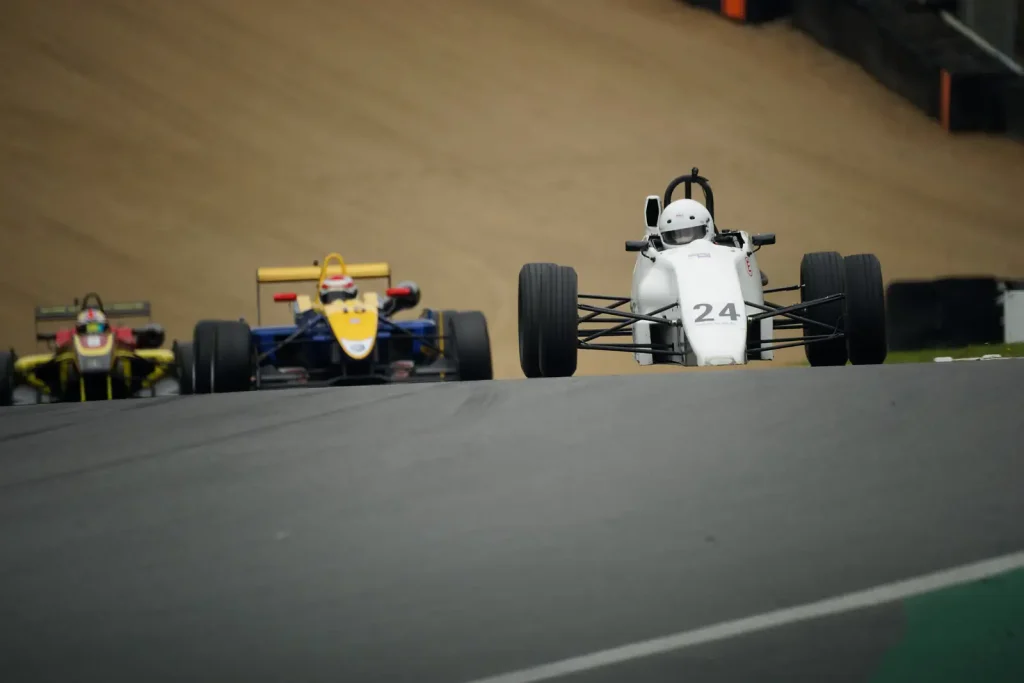
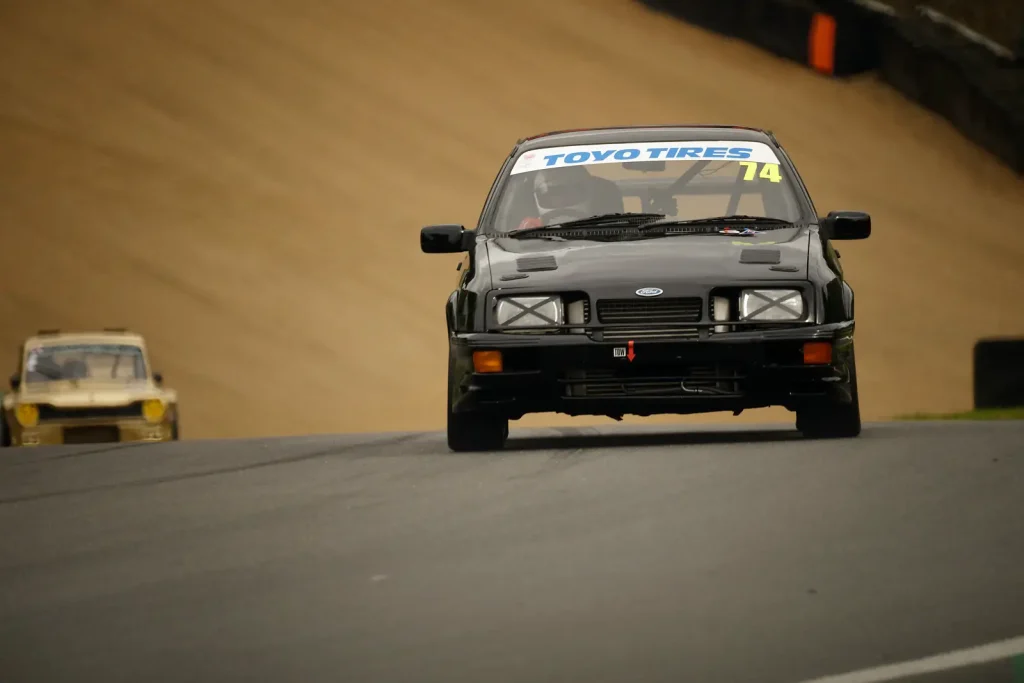
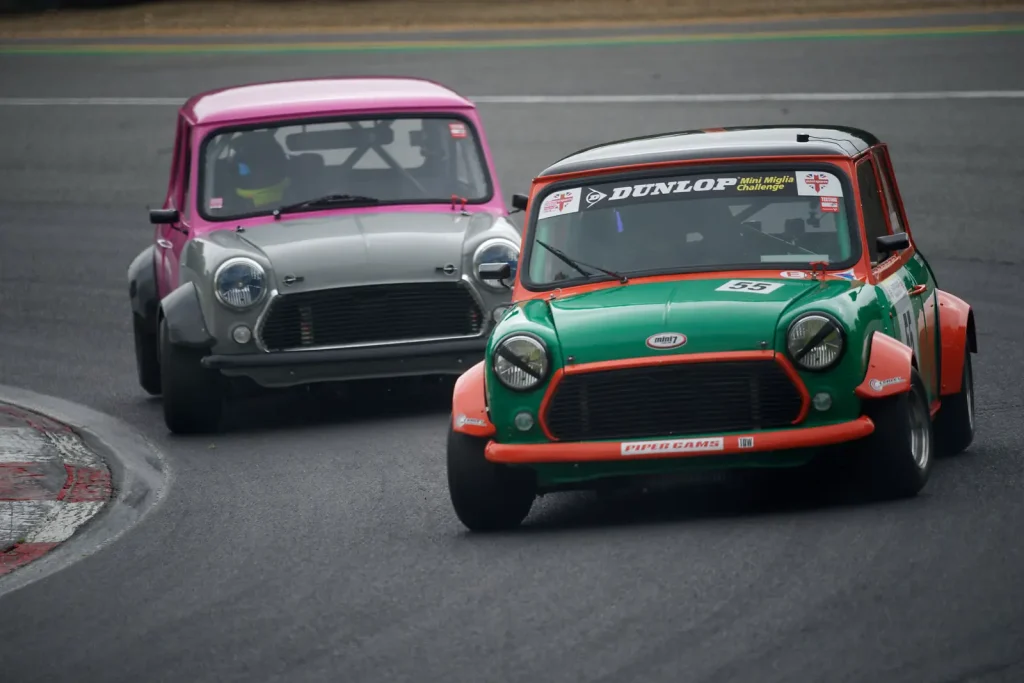
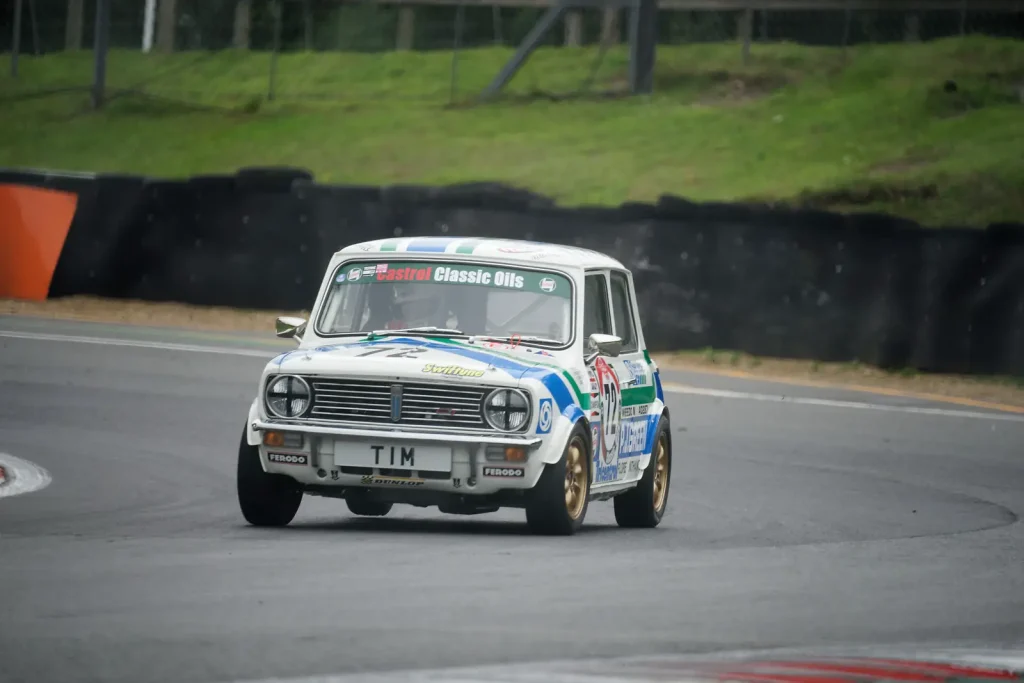
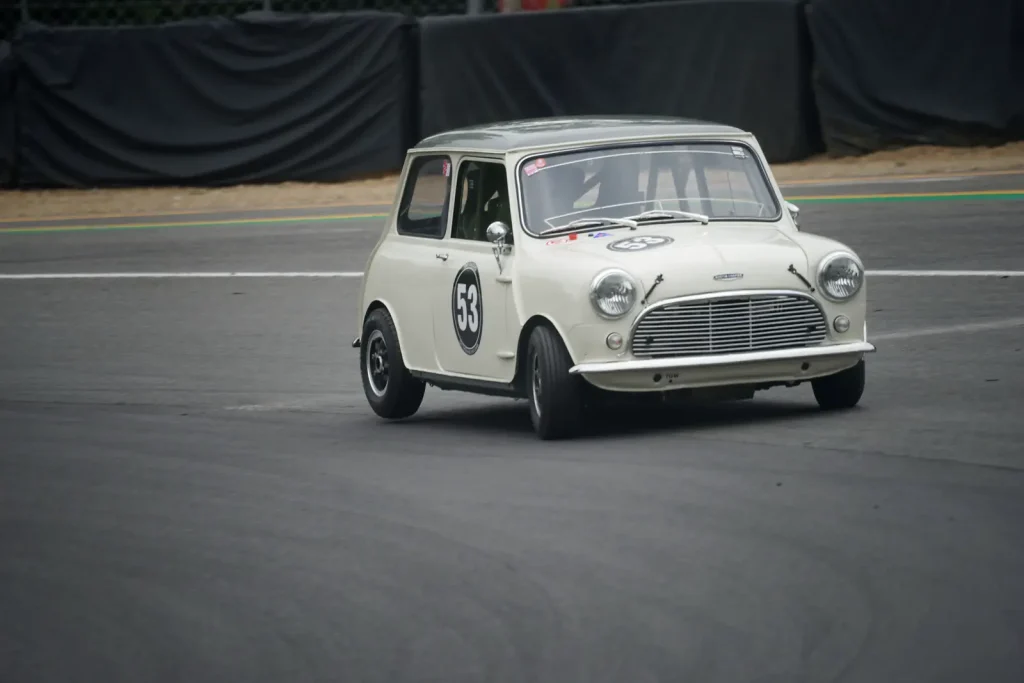
Neutral backgrounds come out best with the raked shingle of the ‘kitty litter’ at Brands Hatch maybe just looking a little ‘wiry’. If you crop close and limit how far out of focus anything with a pattern is, there is not much to show. Following cars however, are a bit of a give-away…
Vivitar 500 Mirror lens
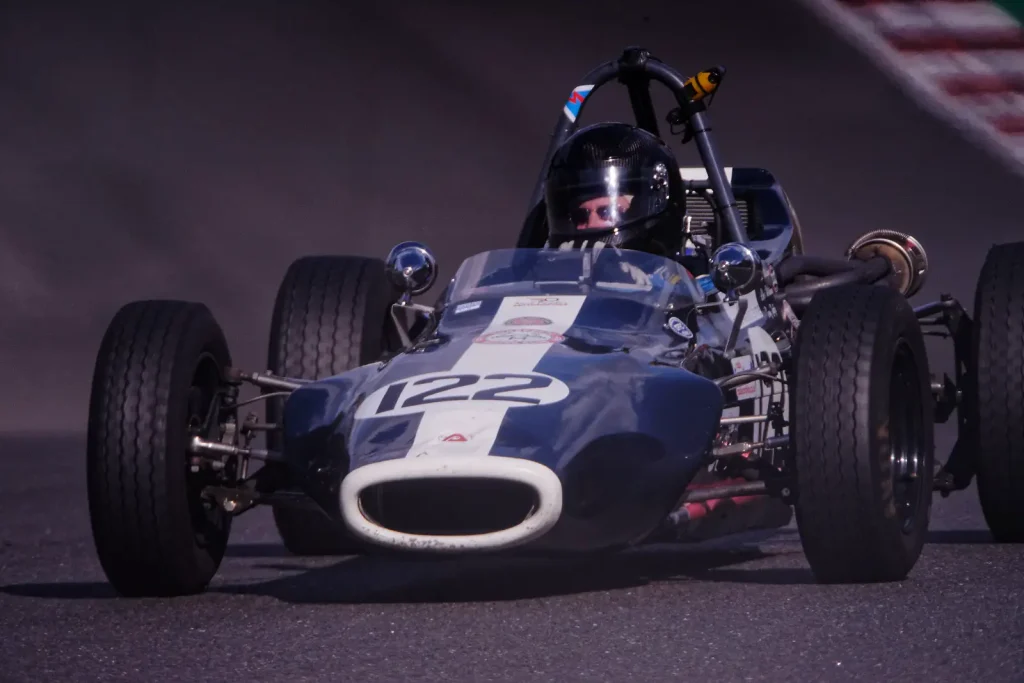
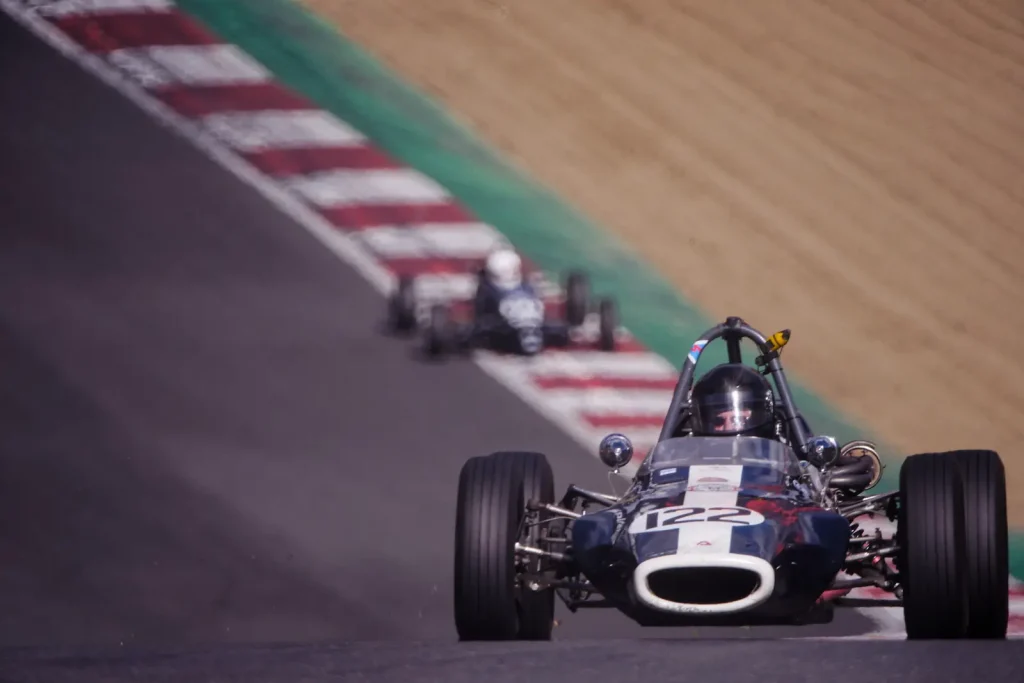
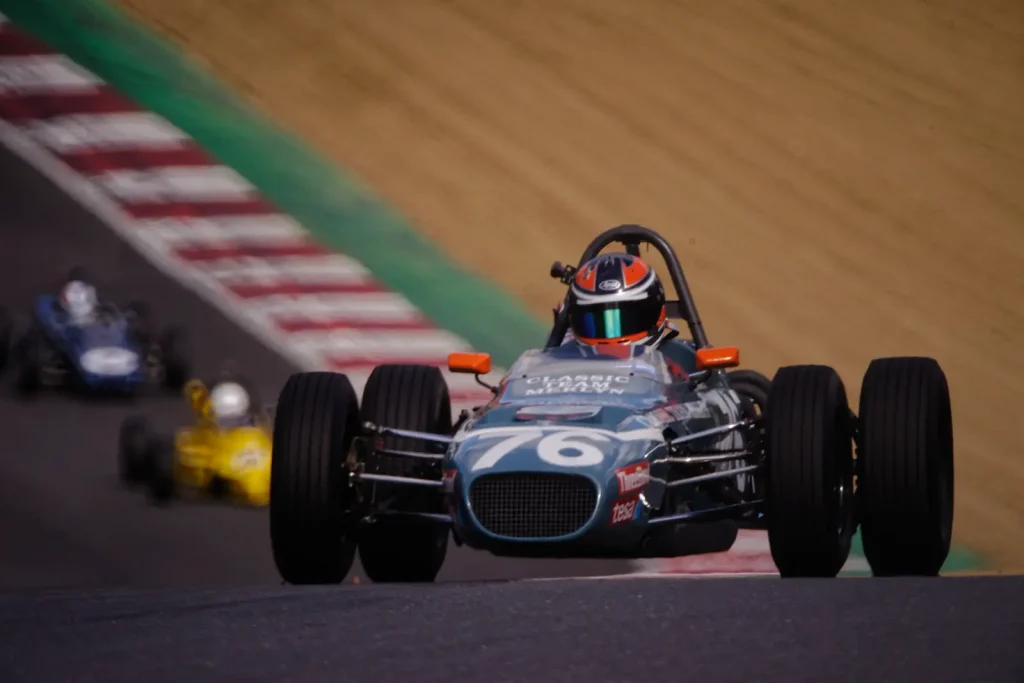
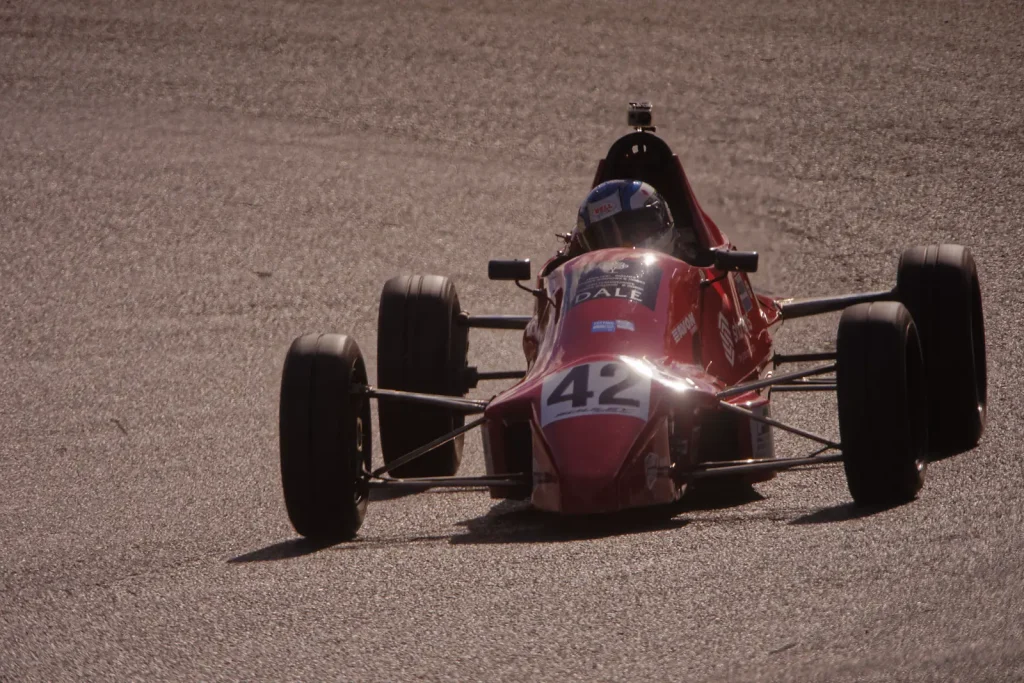
Not a lot different from the Vivitar. Because of the problems associated with nailing focus, with a manual reflex there is more tendency to pre-focus and shoot when the car is in the right place. The Vivitar focuses much closer than the Minolta Reflex, even claiming a ‘macro’ magnification of over 1:3.
The Minolta and Vivitar compared
These two shots were taken on the same camera less than a minute apart.


Note the Minolta seems to be transmitting a bit more light, despite the similar f-number.
Summing up
Mirror lenses are surprisingly good quality for the price. Their size and weight certainly make them more manageable than a refractive equivalent. In a lot of situations, their distinctive out-of-focus areas are not a serious issue. Capturing quick focus is not easy, but old-fashioned techniques like pre-focusing on a spot and waiting for a subject to hit that mark can provide good results.
Pre-focus works better for stuff like motorsports than it does for aircraft in flight. I find the tasks of locating an aircraft, focusing and holding the camera steady to be a challenge too far. This is where the AF Reflex comes in handy. Even with just one central focusing point, having the camera sort out focus allows me to give more attention to keeping the camera steady. This is more of an issue for prop driven aircraft where getting some degree of movement in the propeller blades requires a shutter speed in the 125-200 range than when shooting jets, when higher shutter speeds may be acceptable. The central AF point may seem to cramp creative composition, but that can be dealt with through judicious cropping of the image.
Manual focus
For a lot of applications a plain reflex lens on a ‘dumb’ adapter may well give a photographer what they need – these lenses are available for well under £200 and tend to fit any camera through use of a T-mount.
Autofocus
If you have A mount kit, or the ability to adapt it, the Minolta AF Reflex 500 is a quality lens. You also get EXIF info, although that will mainly be giving the information that the shot was taken at 500mm and f/8.0… The AF Reflex also gives you those neat little filter holders with the x4 ND filter. When trying to keep shutter speeds down for movement in tyre treads and airscrews the ND filter is surprisingly useful.
The Sony version of the AF Reflex is no longer available new. When it was, it went for about £350. With careful shopping it should be possible to pick up a decent used copy of the Sony or Minolta variants with both filters for around £220.
Share this post:
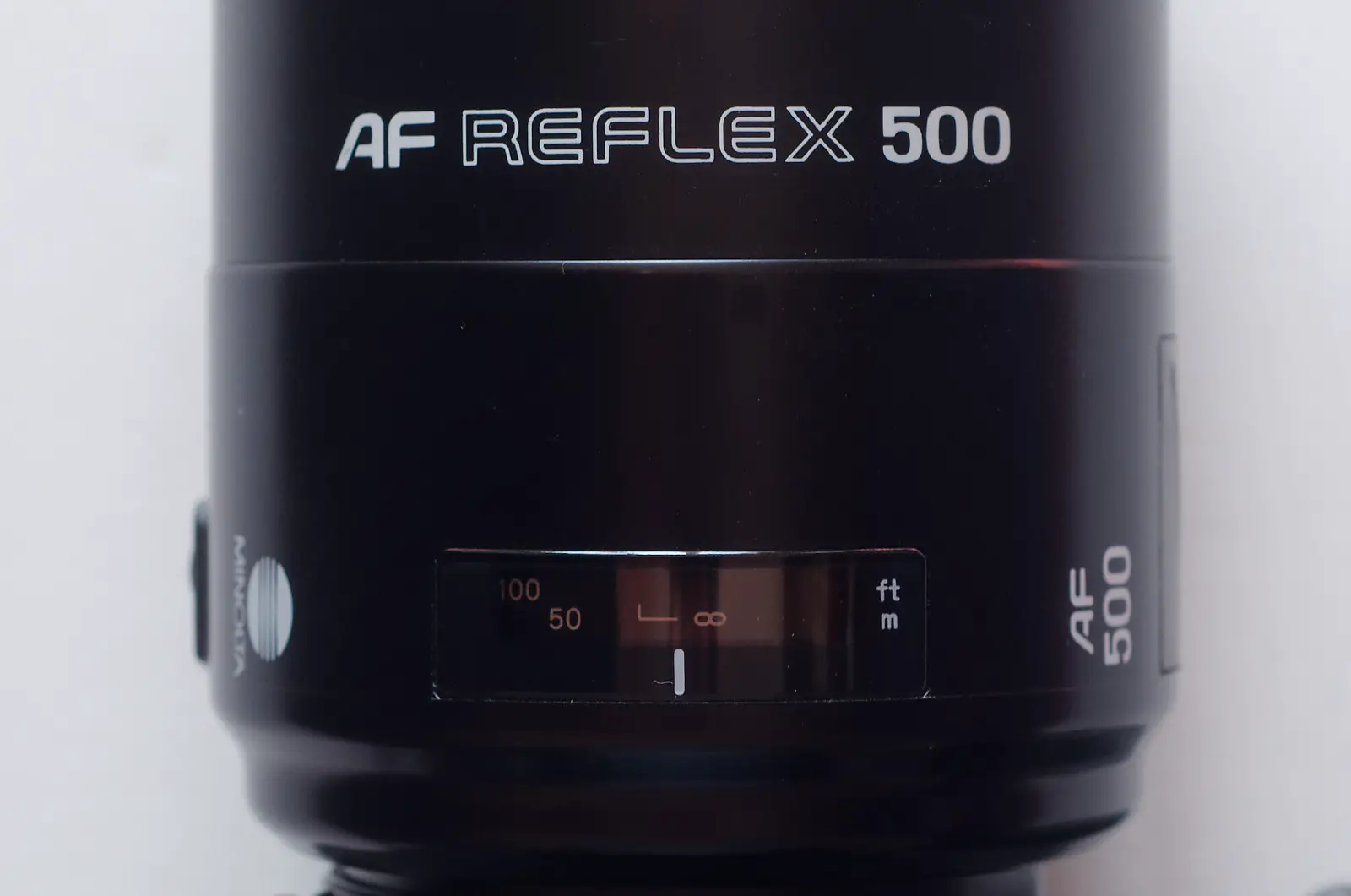
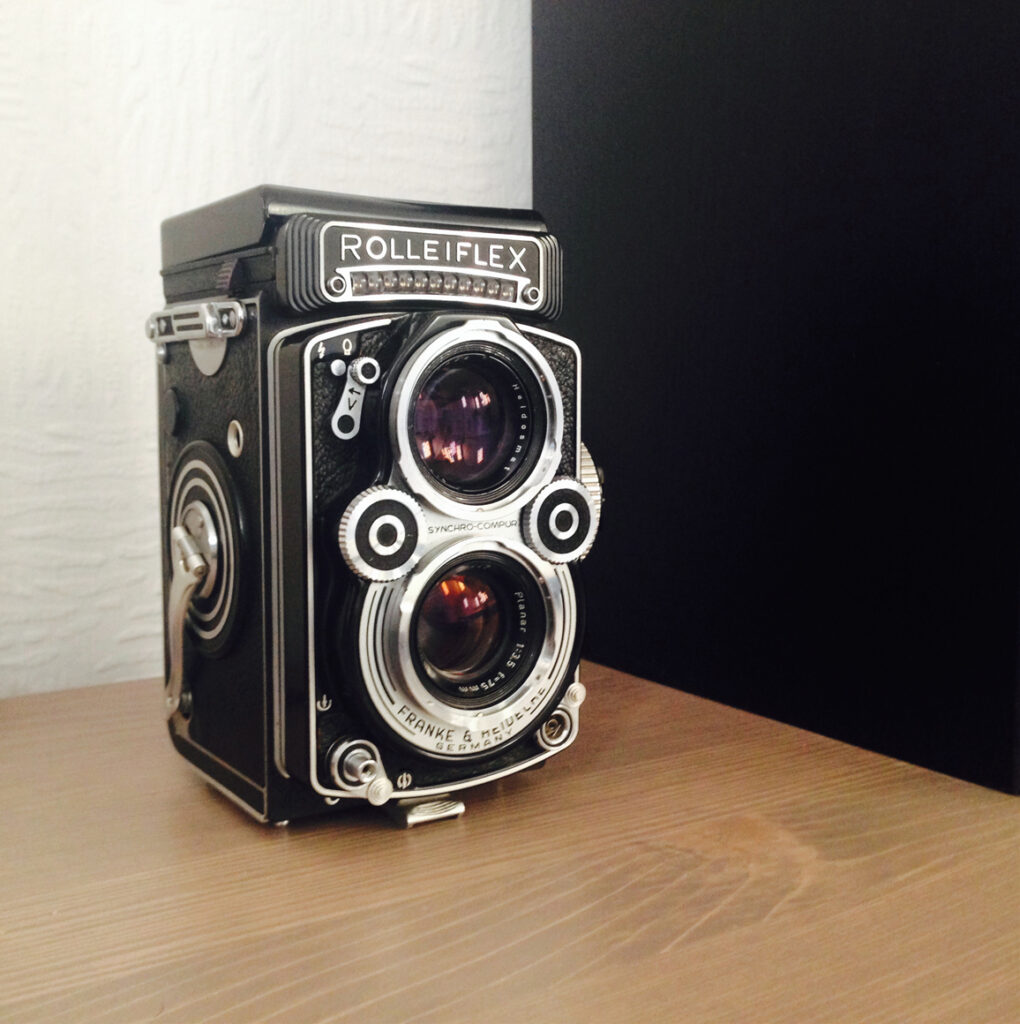
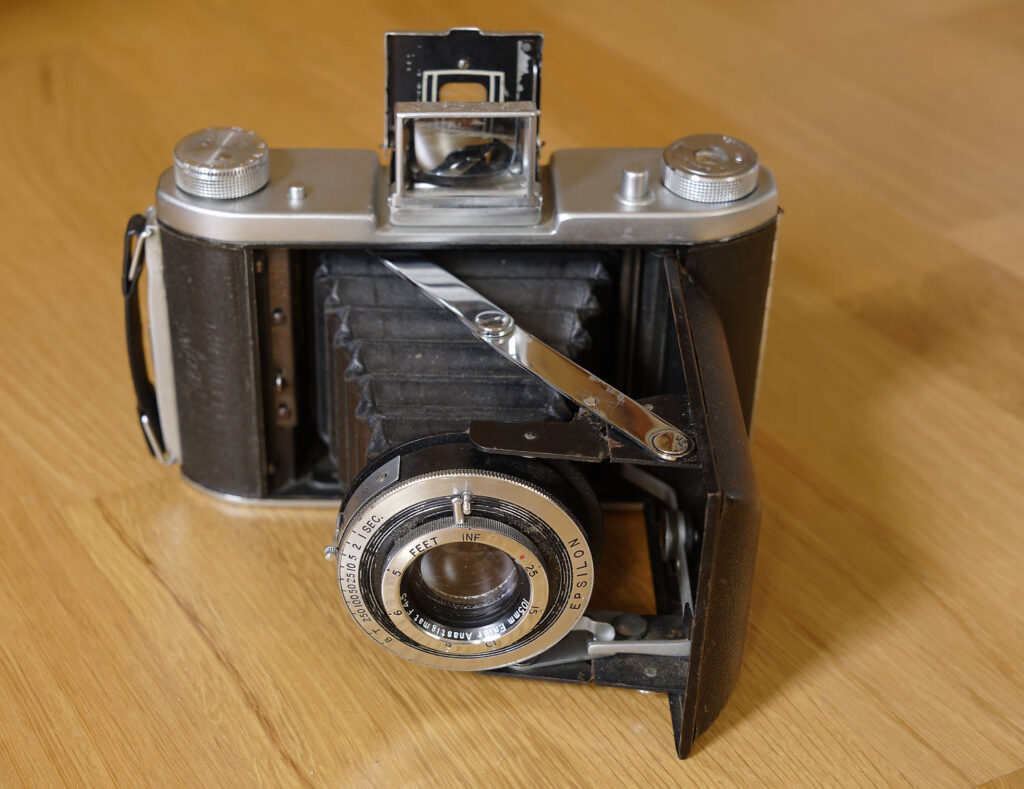

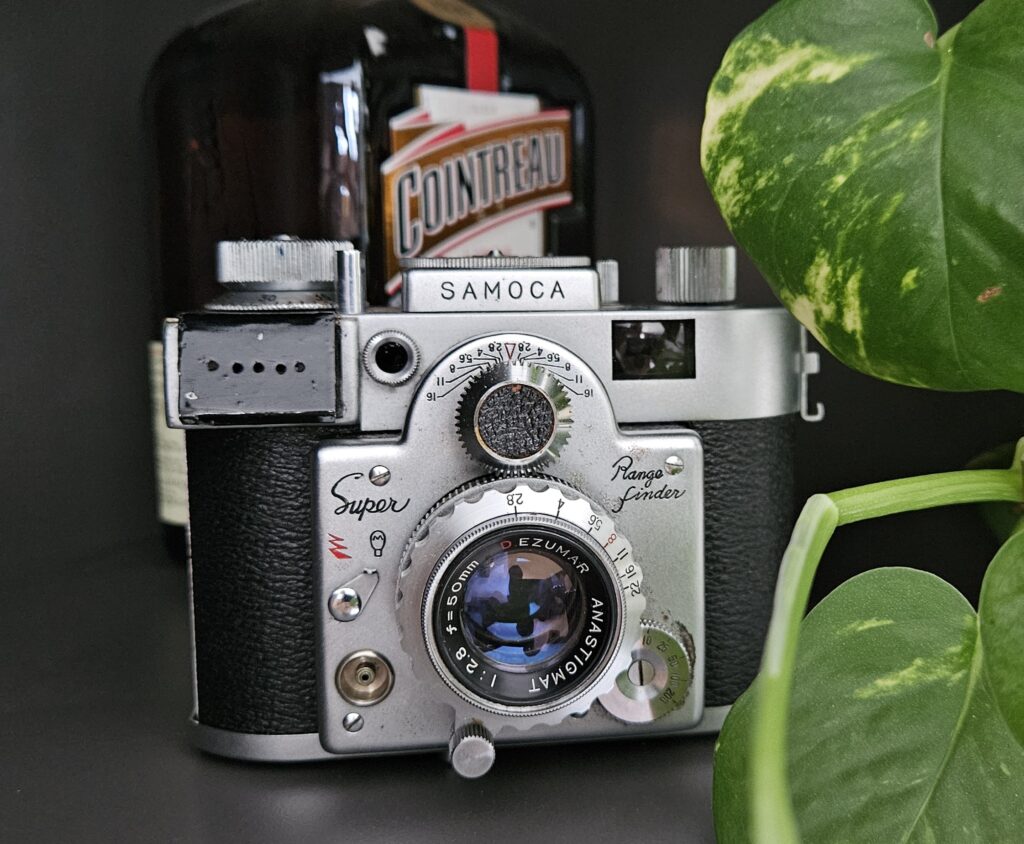




Comments
Tom on Minolta AF Reflex 500 Review – Letting the Cat Out of the Bag – By Bob Janes
Comment posted: 26/10/2021
Comment posted: 26/10/2021
Simon Bayley on Minolta AF Reflex 500 Review – Letting the Cat Out of the Bag – By Bob Janes
Comment posted: 26/10/2021
Comment posted: 26/10/2021
Mirko G. S. on Minolta AF Reflex 500 Review – Letting the Cat Out of the Bag – By Bob Janes
Comment posted: 11/01/2022
Comment posted: 11/01/2022
kazu on Minolta AF Reflex 500 Review – Letting the Cat Out of the Bag – By Bob Janes
Comment posted: 11/02/2022
LA-EA5 can drive reflex500 by af mode thrugh a7m4.
I got r500 lens on Yahoo auctions .
The system is good for bird watching.
i hope above info would be usefull for you.
thanks.
Comment posted: 11/02/2022
kazu on Minolta AF Reflex 500 Review – Letting the Cat Out of the Bag – By Bob Janes
Comment posted: 12/02/2022
although i do not have alpha mount camera , just onlt e-moubt camera.
Comment posted: 12/02/2022
kazu on Minolta AF Reflex 500 Review – Letting the Cat Out of the Bag – By Bob Janes
Comment posted: 13/02/2022
af area is just center.
In this area, 5x3 matrix focus points are appeared according to an object.
5x3 matrix focus points is like below.
#####
#####
#####